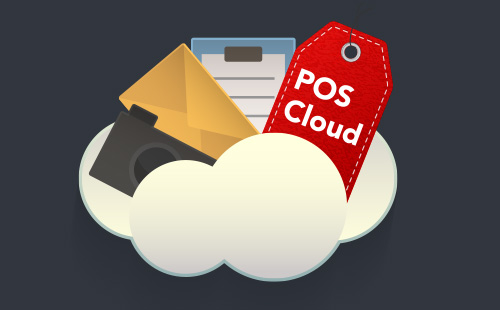Estimated reading time: 3 minutes

Nowadays, we hear that five letter word ‘Cloud’ being thrown around a whole lot. What exactly is it and what’s the hype about?
For starters, we use Dropbox, Google, and Amazon every day when we shop, share files, or backup up photos.. All of these companies provide their services and applications using the cloud storage and processing power as their foundation. The advantage to using the cloud to perform tasks like: rollouts, backups and updates is that it harnesses the processing power of systems much larger than a personal computer. In essence, the power of the internet.
A Cloud computing definition you might hear from an Oracle Engineer:
“Cloud computing is a model for enabling ubiquitous, convenient, on-demand network access to a shared pool of configurable computing resources (e.g., networks, servers, storage, applications, and services) that can be rapidly provisioned and released with minimal management effort or service provider interaction.”
In non-technical speak:
The cloud serves up data to users on-demand and shares hardware resources in doing so.
Examples:
![]() Netflix
Netflix
Netflix uses managed hardware and software to stream broadcasts to a device anywhere and anytime (so long as a decent internet connection is available). This is in contract to you physically downloading copies of your favorite shows and movies.
![]() Adobe Creative Cloud
Adobe Creative Cloud
Adobe applications like Photoshop and Illustrator utilize cloud services to send updates to users automatically. No need for physical software discs. Adobe has also changed their pricing model to an annual subscription broken down by month.
![]() Gmail
Gmail
Instead of downloading email messages and attachments to your computer and taking up harddrive space – you access your data from cloud storage and as a result, you can view your messages on any internet-connected device.
Having data stored on a cloud resource gives a business owner the ability to rapidly update or install one device or thousands in an instant. We use the cloud all the time to update the apps and operating systems on our smartphones… and in the retail and hospitality space the word “POS Cloud” just sounds cool!
For a small monthly or annual fee, a business owner can take advantage of a variety of choices available in POS Cloud software. POS Cloud software includes benefits such as:
- Real time updates and added functionality not previously available without more time and resource investment
- Time and Labor Savings via Bulk Imports for large jobs like inventory data. The information can be imported once for multi-site stores
Software or back office information can also be accessed by any authorized smartphone, tablet or handheld device and frees up employees and owners to focus on operations. Consider tasks like line-busting or table side orders in hospitality. Data can be transmitted directly to a terminal or kitchen printer without additional steps and paper – it also frees up managers for remote reporting and backups if needed. Throw in customer loyalty marketing and you are leveraging your business for growth.
None of these would be possible on an electronic cash drawer.
What about existing hardware?
You don’t need to replace existing hardware. POS Cloud software utilizes an internet connection and integrates with many existing POS terminals, printers and cash drawers. If you have a realiable WiFi connection, you should consider a POS Cloud-based system.
Why not add a mobile device to your existing system for enhanced mobility? Using mobile devices from the cloud does not require a full suite of software to run, this is another advantage often overlooked.
For Resellers, this is a perfect opportunity to embrace changes in the landscape being driven by this new market and fast moving technology. The main caveat is secure connections to the internet with some redundant connection capabilities to be considered since mission critical components have to remain live for transactions and other purposes. There are various POS Cloud offerings that have built in failsafe backups as well.
The cloud is a hot topic and there are advantages for VARS that can adapt to it. Trends are pointing to a new and evolving hybrid solutions provider. Savvy solution providers are creating new revenue streams that combine related systems, and services from self-hosting to third-party cloud services, managed services, hardware and software products. Some ISV/VARS are using their own intellectual property and services to create better systems for their customers.
At BlueStar we recognize technology trends and are prepared to meet the challenges and requirements of our VARS and ISV’s we partner with.
Please reach out a BlueStar Sales Representative to see how we can expand upon your offerings and bring you in line with today’s technologies!

